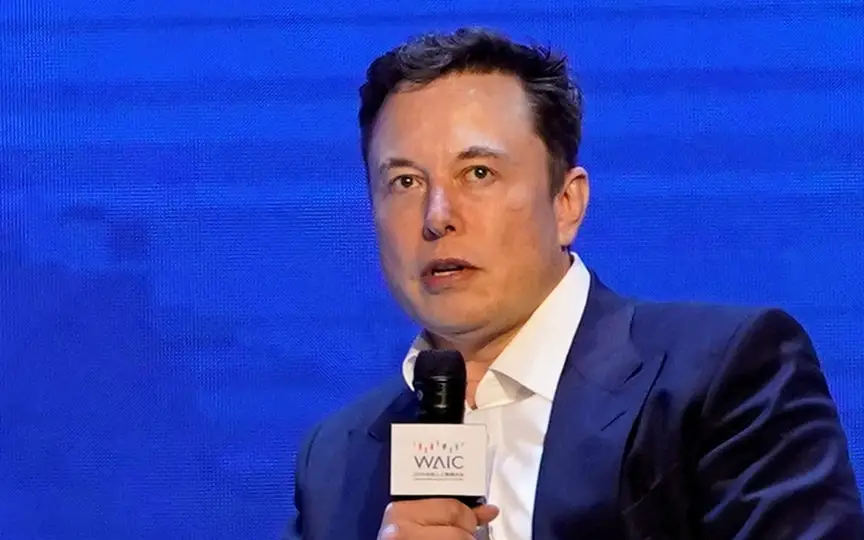Tesla’s Profits Soar Amid Growing Concerns Over Expenses
Tesla Inc.’s recent quarterly sales numbers, revealed on Sunday, indicate that price reductions are effective, but only to a certain extent. The ongoing conflict between prioritizing growth and maintaining profit margins, which has characterized the first half of 2023, remains unresolved.
After delivering about 466,000 vehicles, Tesla beat the consensus estimate by four percent. This year, deliveries are up 58% compared to the same period in 2022, and at the current rate of driving appear to be on track to meet Tesla’s guidance of around 1.8 million this year (although more is needed for the rising case of two million, CEO Elon Musk mentioned). For Tesla’s never-so-small fan club, this should be enough to prop up the stock on the Monday before July 4th.
However, we won’t know until July 19 whether Tesla’s goodies to entice buyers, including price cuts, did more damage to profits. When Tesla reported first-quarter earnings in April, the hit to gross margins from a highly public price war worried investors so much that they wiped $56 billion, or about 10 percent of its market value, the next day. Even with Tesla’s margins falling from relatively high levels, the idea that Tesla could be suffering from Detroit’s oldest ailment — targeting profits to move product — was hard to reconcile with the company’s high-profile stories.
On that front, there’s one confusing factor about Sunday’s numbers: Tesla is still making more vehicles than it’s selling. Although the gap is closing, this is the fifth consecutive quarter of overproduction, with a total of just over 91,000 undelivered vehicles. At a nominal cost of about $38,000 — the assumed average production cost for the first quarter — that’s nearly $3.5 billion in finished inventory, with about $520 million added in the second quarter.
That matters because the rise in inventory fueled a big jump in working capital that destroyed Tesla’s free cash flow in the first quarter. While this quarter is unlikely to see as significant growth, the continued increase in unsold vehicles will keep margins and cash flow covered. It also contradicts the long-standing notion that Tesla’s supply is limited, which is doubly important given how much new production capacity is coming online.
This is mitigated somewhat by the fact that sales of the more expensive Model S and X vehicles returned to their highest level since late 2019, a big recovery from a dismal first quarter. On the other hand, these were the subject of some of Tesla’s biggest incentives, offering $7,500 in rebates and free charging to clear inventory. Again, the headline growth figure leaves the question of the margin still hanging.
While all automakers trade off pricing to find a balance between growth and profits, Tesla’s $830 billion market cap calls for high numbers on both sides. However, Tesla’s market value has increased by $259 billion since its previous poorly received financial results; or, as I like to think, a little more than one Toyota Motor Corp.
What has fueled such enthusiasm is, as always, a bit of a mystery. Some of Tesla’s eye-catching charging deals with rival manufacturers, a broad market rally and a growing enthusiasm for all things artificial intelligence — troubling Tesla for its still-elusive autonomous vehicles — likely explain that. The question now is whether actual gains later this month will provide any kind of support.




